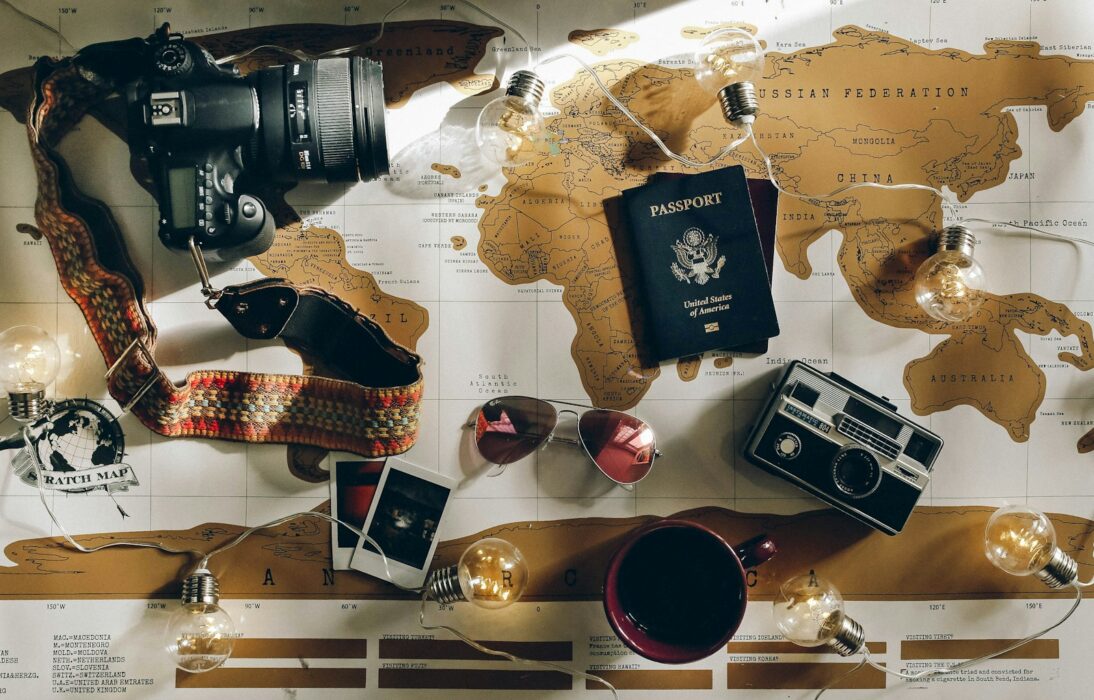
When traveling to new countries, understanding and respecting local customs and etiquette is essential to ensuring a smooth and enjoyable experience. Each culture has its own unique set of social rules, and being aware of them can help avoid misunderstandings and show respect for the local people. Here are some key cultural etiquette tips to keep in mind as you travel the globe:
1. Japan – Bowing and Politeness
In Japan, bowing is a traditional greeting that signifies respect. A slight bow is common for casual greetings, while a deeper bow is used for more formal occasions. When handing or receiving gifts, it’s polite to do so with both hands. Additionally, removing your shoes when entering someone’s home or certain indoor areas is a sign of respect. Quiet and respectful behavior is valued in public spaces, such as on trains.
2. India – Greeting with Namaste
In India, the traditional greeting is “Namaste,” where you press your palms together and bow slightly. It’s considered disrespectful to point your feet at others, so be mindful when sitting, especially in temples or sacred places. Additionally, always use your right hand for giving or receiving gifts, as the left hand is considered impolite for such interactions.

3. Middle East – Hospitality and Modesty
In many Middle Eastern cultures, hospitality is of utmost importance. Accepting food or drink when offered is a gesture of respect. When visiting someone’s home, it’s customary to bring a small gift as a sign of appreciation. Dressing modestly is highly valued, particularly for women, when visiting religious sites or more conservative areas. Always avoid public displays of affection, as this can be seen as inappropriate.
4. France – Dining Etiquette
In France, dining is considered an art. It’s important to greet everyone at the table with a polite “Bonjour” and say “Merci” when passing food. Keep your hands visible (on the table but not elbows), and never start eating until the host begins. Tipping is usually included in the bill, but a small additional tip is appreciated for exceptional service.
5. Thailand – The Wai
In Thailand, the traditional greeting is the “Wai,” where the palms are pressed together in a prayer-like gesture. The level of the Wai varies depending on the person you’re greeting—higher for elders or those of higher status. It’s important to avoid touching someone’s head, as the head is considered the most sacred part of the body in Thai culture.


